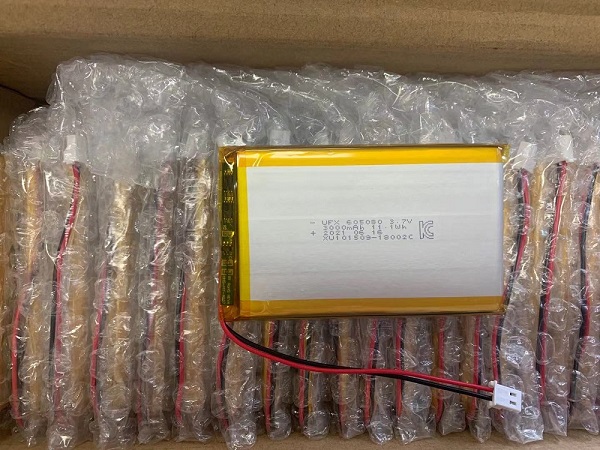The quality of the charger directly determines the length of the life of the lithium-ion battery, so it is very important to choose a good quality charger. The output voltage of the charger must be matched according to your battery.

So how to choose a good quality lithium-ion battery charger?
1. Look at the charging speed of the charger
Common chargers use constant current charging, and the charging speed is mainly related to the current supplied by the charger. The greater the charging current, the faster the charging speed. The charging time is not only related to the charging speed, but also depends on the capacity of the lithium-ion battery.
It should be noted that the higher the charging current, the higher the quality requirements for the internal system design of chargers and lithium-ion batteries. In general, the higher the charging current, the more heat that may be caused during the charging process, and the greater the damage to the performance of the battery. Inferior chargers and batteries are prone to liquid leakage and other safety performance problems during high-current fast charging.
2. Look at the charging efficiency of the charger
Not all of the energy input to the lithium-ion battery during charging is converted into the energy stored by the battery, and part of it is used to convert the secondary reaction inside the battery into heat during the charging process, so the charging efficiency is always less than 100%.
When charging, the charging current should be controlled within a certain range. If the charging current is too large or too small, the charging efficiency will be reduced. Regarding the high-current fast charger, the charging method of the lithium-ion battery charger must be specially designed to improve the charging efficiency.
3. Look at the charge termination control of the charger
Low-current chargers generally use time control. The greater the current supplied by the charger, the more complicated the charge termination control method, and the higher the cost and price. As for users, they should choose according to their actual situation.
If the battery capacity used is not very high, or the charging speed is not particularly important, you can choose a general charger; if it is necessary to choose a faster charger with a higher price, it is best to have more performance on the charger and lithium-ion battery Get some understanding.
4. Judge the quality of the charger
A good charger adopts positive and negative pulse technology, which can effectively guard, suppress, and eliminate the vulcanization and polarization of the battery. The capacity of the new battery can be kept stable for a long time; the capacity of the old battery that has been polarized and the capacity has been reduced can be restored, and the service life of the battery can be effectively extended by 2 to 3 times. It has the functions of intelligent on-time protection, automatic temperature compensation, instantaneous impact protection of the power grid, super moisture and corrosion resistance, and so on.
5. Charging cable
The charging cable is also very important, it is best to use the original or set charging cable. If it is a similar charging cable, it should be marked on it to avoid confusion.
Precautions for Li-ion Battery Charging System
Input source: Many applications use a very cheap wall adapter as the input power source. The output voltage is mainly dependent on the AC input voltage and the load current flowing from the wall adapter.
The rate and accuracy of constant current charging: The choice of topology for a particular use may be determined by the charging current. Many large constant current charging applications or multi-cell battery charging applications use switching charging processing methods to obtain higher efficiency and prevent excessive heat generation.
Stable accuracy of output voltage: In order to make full use of battery capacity as much as possible, the accuracy of output voltage regulation is very critical. A small drop in the output voltage accuracy will also result in a significant reduction in the capacity of the lithium-ion battery. However, for safety and reliability considerations, the output voltage cannot be set too high arbitrarily.
Battery temperature monitoring: In general, the temperature range of li-ion battery charging should be between 0°C and 45°C. Charging the battery outside this temperature range can cause the battery to overheat. During the charging cycle, the pressure inside the battery will also cause the battery to swell. Temperature is directly related to pressure.
The above is the choice of lithium-ion battery chargers. It should be noted that the charging process of lithium-ion batteries is completely different from that of nickel-cadmium and nickel-hydrogen batteries. It is a complex electrochemical reaction process. Therefore, it is necessary to configure a dedicated charger for charging.


